Unveiling CV Cover Letter Secrets
In the competitive world of job applications, a well-crafted CV cover letter can be your secret weapon. It’s your chance to make a strong first impression, demonstrate your enthusiasm, and convince potential employers that you’re the perfect fit for the role. This article delves into the secrets of writing a CV cover letter that not only grabs attention but also significantly boosts your chances of landing an interview. From understanding its purpose to avoiding common pitfalls, we’ll explore the key elements that make a CV cover letter stand out and help you secure your dream job. Mastering the art of the cover letter is an investment in your career, opening doors to opportunities you might otherwise miss. Let’s unlock the secrets to writing a cover letter that works!
Understanding the Purpose of a CV Cover Letter
Why a Cover Letter Matters
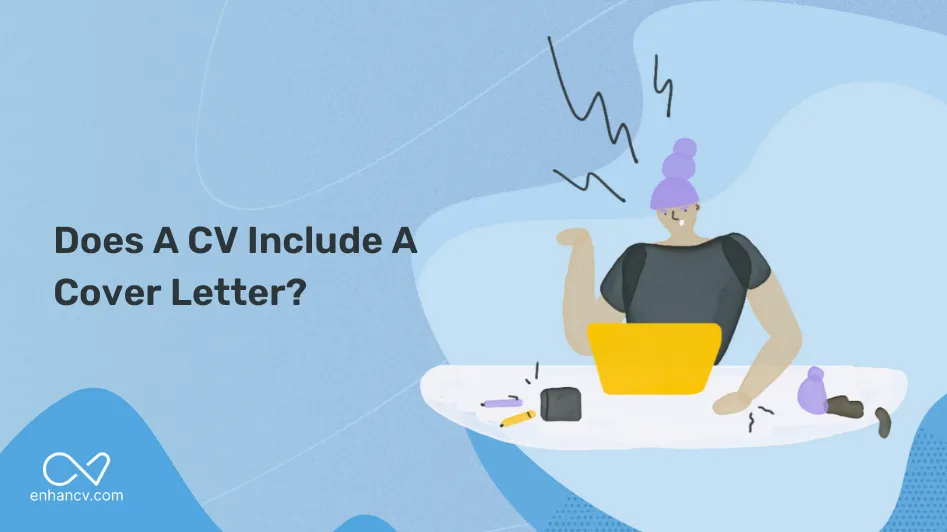
A CV cover letter isn’t just a formality; it’s a crucial component of your job application. Its primary purpose is to introduce you to the hiring manager, highlight your relevant skills and experience, and express your interest in the specific position. Unlike a resume, which provides a factual overview of your qualifications, the cover letter allows you to tell your story, showcase your personality, and explain why you’re the ideal candidate. It provides context to your resume, enabling the hiring manager to understand how your skills align with the job requirements. By personalizing your cover letter for each application, you demonstrate genuine interest and initiative, setting you apart from generic applicants. It’s your chance to make a compelling case for why you deserve an interview.
Key Elements of a Compelling CV Cover Letter
Personalized Greeting
Start your cover letter with a personalized greeting. Address the hiring manager by name whenever possible. This simple act shows that you’ve taken the time to research the company and the role, which immediately sets you apart from candidates who use generic greetings such as ‘Dear Sir/Madam’. If you can’t find the hiring manager’s name, try to find the relevant department or title and address the letter accordingly. A personalized greeting makes your cover letter feel more professional and engaging. It demonstrates attention to detail and a genuine interest in the opportunity, which are highly valued by employers. This small step can make a big difference in capturing the reader’s attention from the outset.
Captivating Introduction
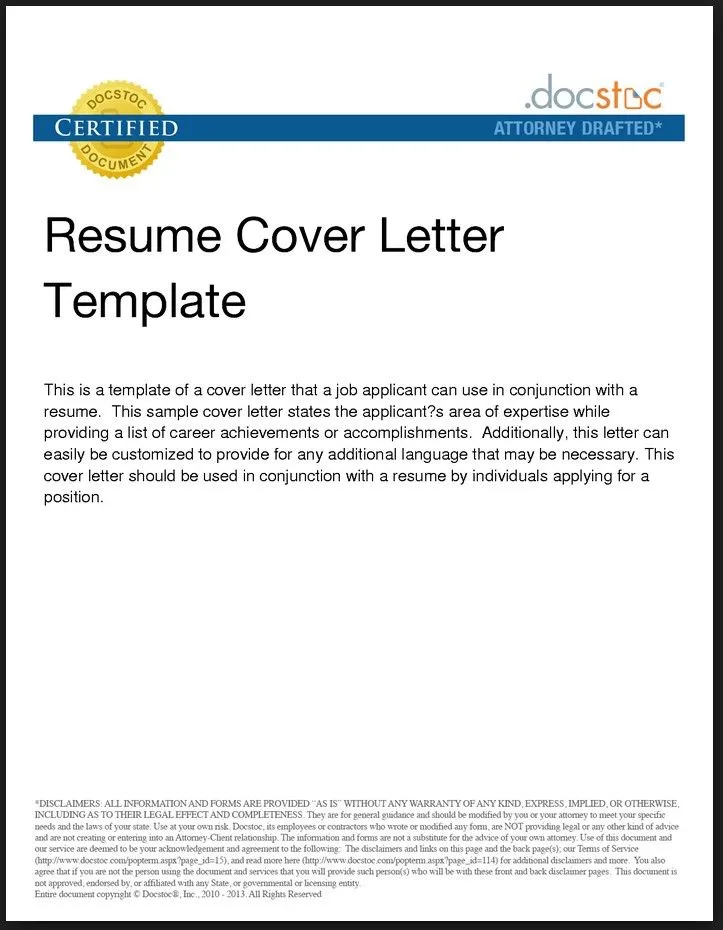
Your introduction is your first and often only chance to make a great impression. It should be concise, engaging, and clearly state the position you’re applying for and how you learned about it. Briefly mention your key qualifications or achievements that make you a strong candidate. The introduction should immediately capture the reader’s attention and make them want to learn more about you. Avoid generic phrases and instead, convey enthusiasm and highlight what makes you unique. If someone referred you, mention it here. A strong introduction sets the tone for the rest of your cover letter and encourages the hiring manager to continue reading, increasing your chances of a positive outcome.
Highlighting Relevant Skills and Experience
The body of your cover letter should expand on your resume, providing specific examples that showcase your skills and experiences. Focus on the qualifications and requirements mentioned in the job description, and explain how your background aligns with them. Use action verbs to describe your accomplishments, and quantify your achievements whenever possible (e.g., ‘Increased sales by 15%’). Tailor your content to the specific role, highlighting the skills and experiences that are most relevant. Provide concrete examples and data to demonstrate your capabilities, making your claims more persuasive. This section should effectively bridge the gap between your qualifications and the employer’s needs.
Quantifying Achievements
When describing your achievements, always aim to quantify them. Instead of saying ‘Improved customer satisfaction,’ state ‘Improved customer satisfaction by 20% through implementing a new feedback system.’ Numbers and data make your accomplishments more tangible and demonstrate your impact. Use metrics like percentages, dollar amounts, or specific numbers of projects completed. Quantifying your achievements provides concrete evidence of your capabilities and makes your cover letter more compelling. It shows potential employers the measurable value you can bring to their organization. Use data to paint a clear picture of your past successes and how they can benefit the company.
Tailoring Your Cover Letter to the Job
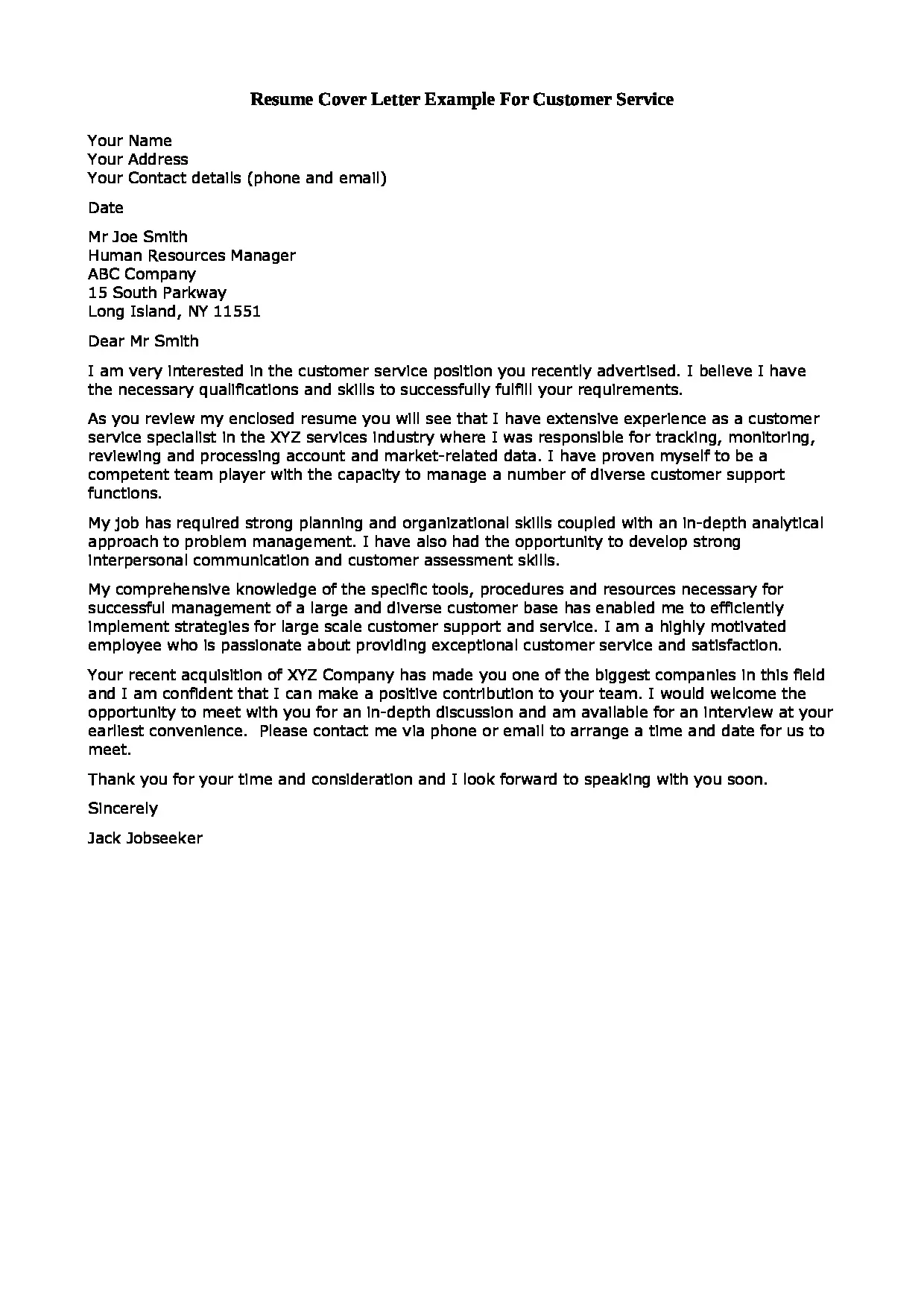
Every cover letter should be tailored to the specific job you’re applying for. Read the job description carefully and identify the key skills and qualifications the employer is seeking. Then, highlight how your experience and skills align with those requirements. Don’t simply restate your resume; provide additional context and examples that show how you’ve used your skills in past roles. Research the company and tailor your cover letter to reflect your understanding of their mission, values, and culture. Customization demonstrates that you’re genuinely interested in the position and have taken the time to understand what the employer is looking for. Use language and keywords from the job description to further emphasize your fit.
Showcasing Your Personality and Enthusiasm
While professionalism is essential, don’t be afraid to let your personality shine through. Use a conversational tone that reflects your enthusiasm for the role and the company. Share a brief anecdote or a personal touch that makes your cover letter more memorable. Show, don’t just tell, your interest in the position. For example, if the job requires experience with a specific software, mention how you’ve successfully used it in the past and enjoyed the process. Displaying personality makes you more relatable and memorable, helping you stand out from other applicants. This approach increases your chance of making a strong connection with the hiring manager.
Professional Closing and Call to Action
Your closing should reiterate your interest in the position and thank the hiring manager for their time and consideration. Include a clear call to action, such as ‘I am eager to discuss my qualifications further in an interview’ or ‘I look forward to hearing from you soon.’ Reiterate your contact information and express your enthusiasm for the opportunity. A strong closing reinforces your interest and makes it easy for the hiring manager to take the next step. A well-crafted closing leaves a lasting positive impression, increasing your chances of being contacted for an interview. Ensure your closing is professional and courteous, reflecting your commitment to the opportunity.
Tips for Formatting and Presentation
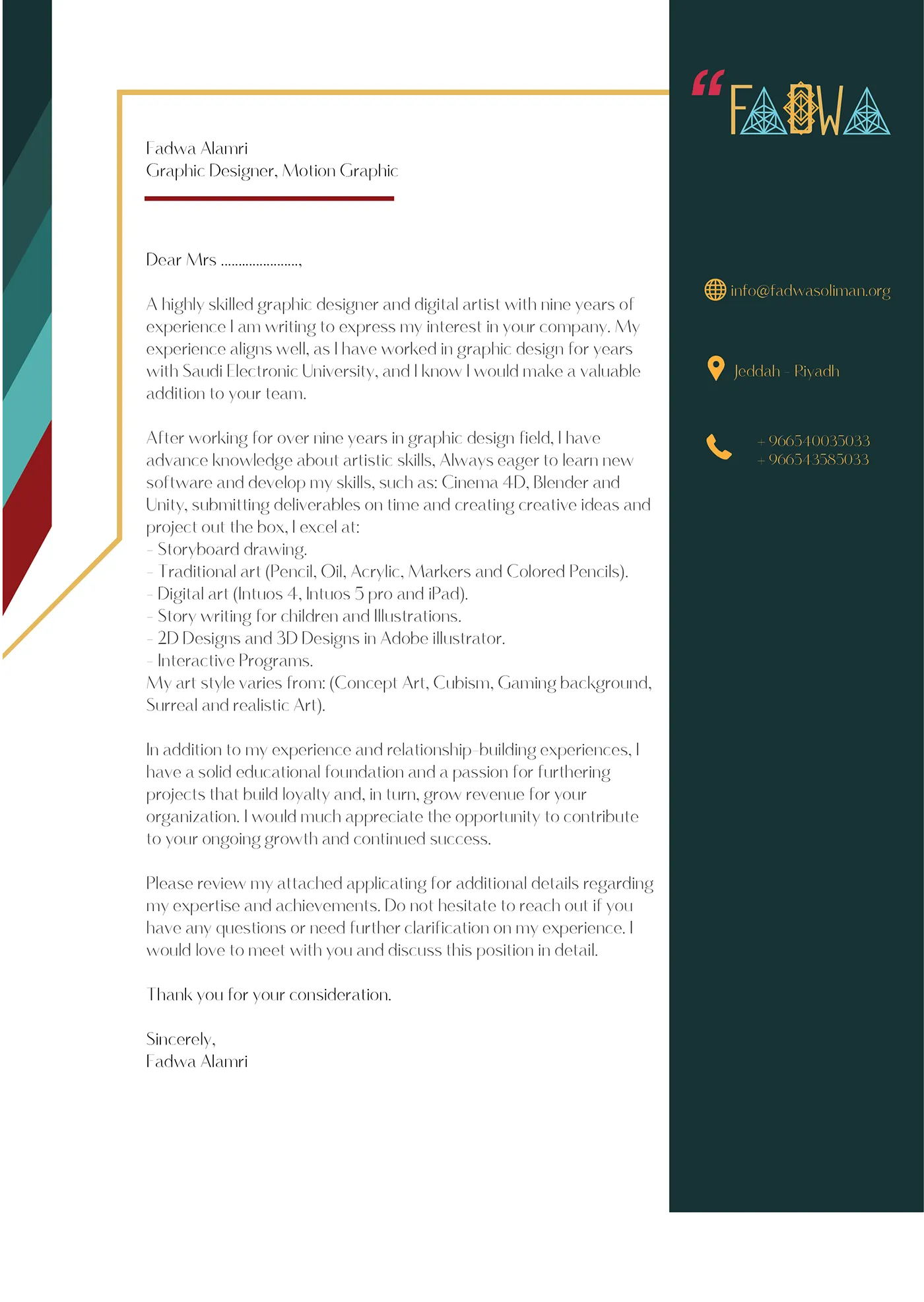
The appearance of your cover letter is just as important as the content. Proper formatting makes your letter easy to read and professional-looking. Use a clean, readable font such as Arial or Times New Roman, and ensure the text is well-organized. Maintain consistent formatting throughout the document, with clear headings and spacing. Avoid overly long paragraphs; instead, break up your text into concise, easy-to-digest sections. A well-formatted cover letter shows attention to detail and respect for the reader’s time. A well-presented cover letter makes a strong first impression, indicating that you take your application seriously.
Choosing the Right Font and Font Size
Selecting the right font is crucial for readability. Choose a professional and easy-to-read font like Arial, Calibri, or Times New Roman. Keep the font size between 10 and 12 points to ensure the text is legible without being too small or too large. Ensure consistency in your font choices throughout the document. Avoid using decorative or overly stylized fonts, as they can detract from the professionalism of your cover letter. The goal is to make it easy for the hiring manager to read your letter, so prioritize clarity and legibility in your font selection. A clear, professional font makes a great first impression.
Ensuring Proper Grammar and Spelling
Errors in grammar and spelling can undermine your credibility and professionalism. Always proofread your cover letter carefully before submitting it. Use a spell checker and grammar checker, but don’t rely solely on them; they may miss subtle errors. Consider having a friend or colleague review your letter for mistakes. Pay close attention to punctuation, capitalization, and sentence structure. A polished cover letter demonstrates your attention to detail and your commitment to presenting yourself in the best possible light. Proofreading is essential for demonstrating that you take your application seriously and have the skills necessary to write effectively.
Proofreading Your Cover Letter

Proofreading is an essential final step. Read your cover letter aloud to catch any awkward phrasing or errors that you might have missed. It’s often helpful to take a break before proofreading to refresh your perspective. Ask someone else to review your letter as they might catch mistakes you overlooked. Look for typos, grammatical errors, and inconsistencies in formatting. Ensuring your cover letter is error-free demonstrates your professionalism and attention to detail. Proofreading may be the final step, but it is essential to ensure your application makes a positive impression.
Common Mistakes to Avoid
Several common mistakes can significantly damage the effectiveness of your cover letter. Being aware of these pitfalls can help you avoid making them and create a more impactful application. From generic templates to ignoring the job description, it’s crucial to address these common errors.
Generic Cover Letters
Avoid using a generic cover letter template. These letters often lack personalization and can make you appear uninterested in the specific role. Tailor each cover letter to the job and company. Mentioning the company’s name and the specific role shows that you’ve invested time in understanding their needs. Generic cover letters rarely impress hiring managers, as they don’t showcase your genuine interest or unique qualifications. Always customize your cover letter to the specific job and demonstrate your understanding of the role and company.
Typos and Grammatical Errors
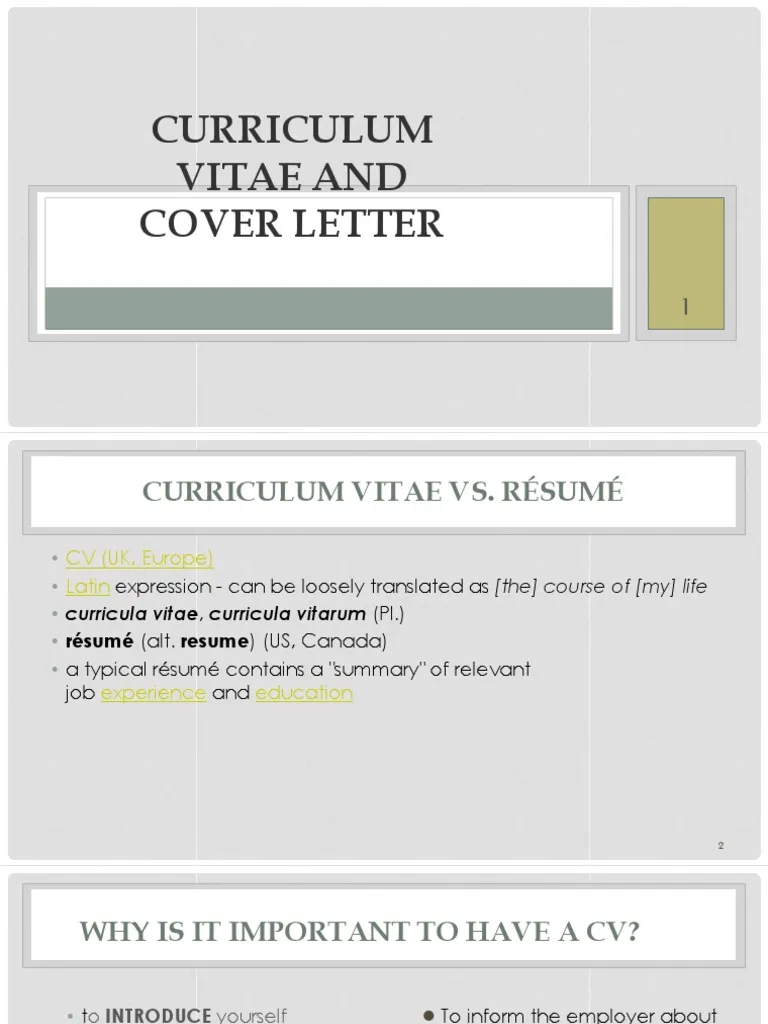
Typos and grammatical errors make you appear careless and unprofessional. Always proofread your cover letter multiple times. Use spell-check and grammar-check tools, but don’t rely on them entirely. Have a trusted friend or colleague review your letter to catch any mistakes you might have missed. Before submitting your application, take one final look and make sure all elements are correct. Careful proofreading demonstrates your attention to detail, a quality highly valued by employers.
Ignoring the Job Description
Failing to address the requirements listed in the job description is a major mistake. Your cover letter should directly reference the skills, experiences, and qualifications the employer is seeking. Explain how your background aligns with those requirements and provide specific examples to support your claims. Showcasing your ability to meet the stated needs will increase your chances of getting an interview. Customizing your cover letter based on the job description shows that you understand what the employer wants and that you are a great fit.
The Importance of a Strong CV Cover Letter
A well-crafted CV cover letter is a critical component of a successful job application strategy. It’s not just a formality; it’s your chance to showcase your unique value and make a memorable first impression. By following the guidelines outlined in this article, you can create a cover letter that highlights your skills, expresses your enthusiasm, and sets you apart from other candidates. A strong cover letter is an investment in your career, opening doors to opportunities you might otherwise miss.
Boosting Your Chances of Getting Hired
A compelling cover letter significantly boosts your chances of getting hired. It’s your opportunity to connect with the hiring manager on a personal level and convince them that you’re the right fit for the role. By showcasing your relevant skills, quantifying your achievements, and tailoring your letter to each job, you can increase your chances of getting an interview. An excellent cover letter helps you make a memorable impression. Make your cover letter a priority; it’s a crucial step in landing your dream job.
Making a Positive First Impression
Your cover letter is often the first impression a hiring manager has of you. Make it count. A well-written and well-formatted letter demonstrates professionalism, attention to detail, and genuine interest in the position. Presenting yourself in the best possible light will significantly increase your chances of being considered for an interview. Always ensure your cover letter is polished and reflects your professional self. Focus on creating a positive and memorable first impression.
CV Cover Letter Checklist
To ensure your CV cover letter is top-notch, use this checklist to review it before submitting your application. This will help catch errors, improve clarity, and ensure you’ve included all the essential elements. A well-prepared cover letter helps ensure success in the job search.
- Personalized greeting: Address the hiring manager by name.
- Compelling introduction: Clearly state the position and how you learned about it.
- Highlighting relevant skills and experience: Focus on the job requirements.
- Quantified achievements: Provide specific examples and data.
- Tailored content: Customize the letter for each job.
- Personality and enthusiasm: Show, don’t just tell.
- Professional closing and a clear call to action.
- Proper formatting: Use a professional font and layout.
- Error-free: Proofread for typos and grammatical errors.
